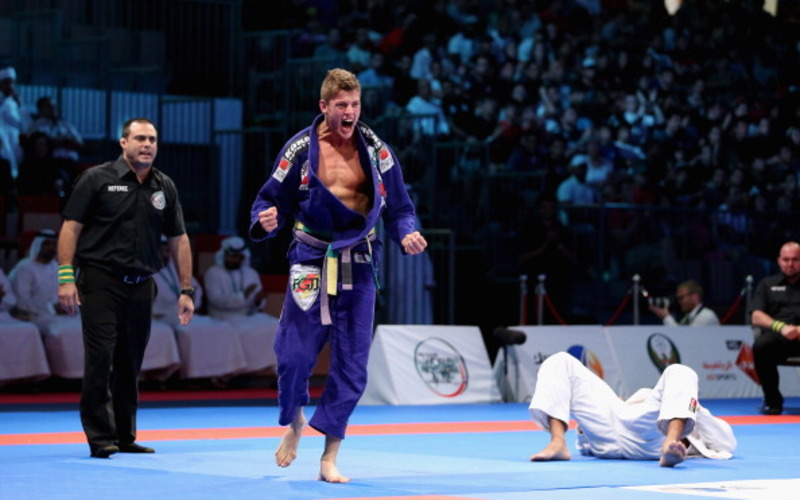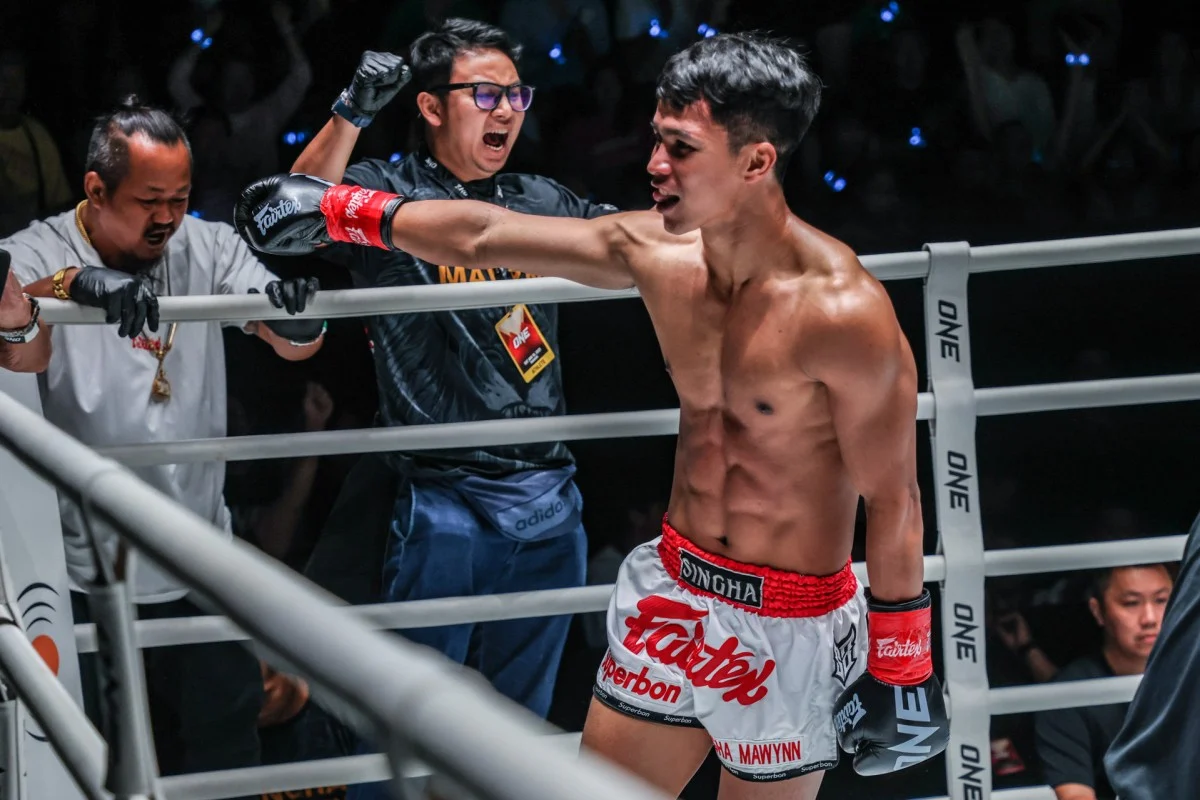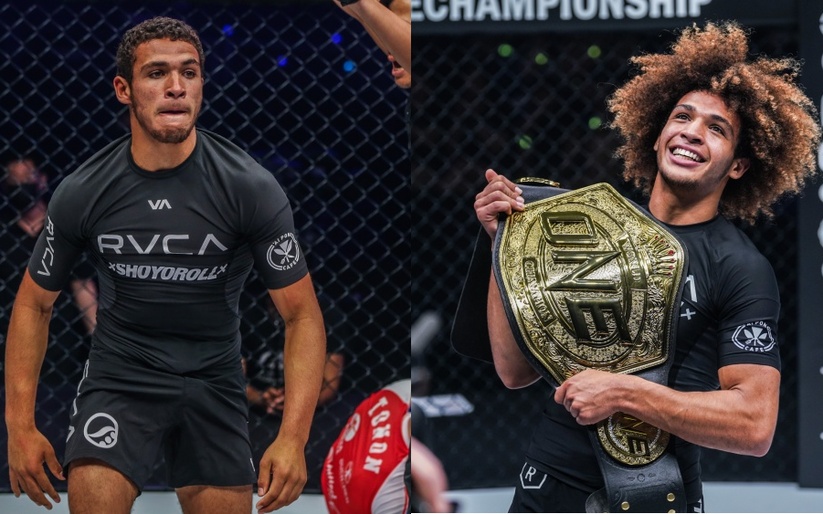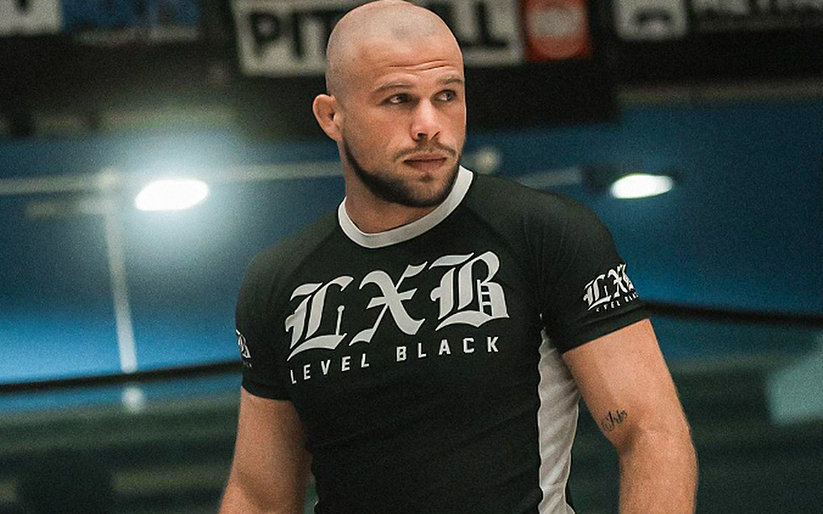When it comes to the highest stakes, most hyped matchups, and the most commercially lucrative sporting contracts, it would be fair to say that UFC is has it clinched in the mixed martial arts department. Indeed, the broader public awareness of MMA can probably be attributed to the UFC, and UFC betting is undoubtedly one of any bookmaker’s most profitable revenue streams. Yet increasingly popular and ever more visible on our screens is the unique martial art of Brazilian Jiu Jitsu, which has found adherents, fans, and airtime in plentiful supply.
What is Brazilian Jiu Jitsu?
As its name suggests, Brazilian Jiu Jitsu is a true mixed martial art, being a combination of traditional Japanese Jiu Jitsu (or, in fact, judo) and several additional fighting techniques that were developed by the Gracie brothers, a group of five siblings who initially developed the sport in Brazil about 100 years ago. As this would suggest, BJJ is, although a composite martial art, one that has quite a lengthy tradition and history. It differs in this sese from UFC fighting, which – although drawing on many ancient disciplines – was developed fairly recently, taking its recognisable form in the 1990s.
Brazilian Jiu Jitsu, on the other hand, has about 100 years of development behind it. Being based most fundamentally upon Japanese Kodokan judo (the distinction between Jiu-Jitsu and Judo in this context being a confusing one), it is a martial art that is at once innovative and traditional, and has won many followers across the world.
Fundamentals
The fundamental rules of Brazilian Jiu Jitsu have naturally changed as the sport has been developed over the last century. However, throughout its existence, it has focussed on the skill of taking an opponent to the ground, gaining a dominant position, holding them there and forcing them into submission in order to win. Brazilian Jiu Jitsu is particularly famous for the prominence of joint locks and chokeholds, which are used to force this submission.
This focus on groundwork and submission on the ground is that which distinguishes Brazilian Jiu-Jitsu from the classical Kodokan judo that initially inspired it. BJJ allows most of the same techniques as are used in Judo, but they are not scored in the same way. The relative emphases of the scoring in the two sports is perhaps what most fundamentally distinguishes them. With judo, throwing techniques are scored higher and the emphasis of a judo fight becomes to sweep or throw an opponent to the ground in order to win. As mentioned, BJJ is all about groundwork and the higher scored moves are those that try to establish a dominant position over the opponent on the ground.
There are also several BJJ moves that are flatly prohibited in traditional judo. These are usually the moves that seem to “drag” an opponent to the ground and involve close quarter grappling such as is seen in wrestling. Touching the legs or dragging the opponent to the ground, for example, are common in BJJ but not allowed in judo.
Origins
Brazilian Jiu-Jitsu will forever be associated with the Gracie family, who developed the sport in its early years and brought it to international prominence. Nevertheless, the origins of the sport lie in the early 20th century. Mitsuyo Maeda was a Japanese Judoka who trained under Judo’s founder Kano Jigoro and later emigrated to Brazil. Giving an exhibition of the sport in that country, it was Gastão Gracie (father of the more famous Gracie brothers) who was the organiser and put on the exhibition. His eldest son Carlos Gracie witnessed the event and decided to learn. Maeda accepted him as a student.
Eventually, Carlos Gracie shared his knowledge of the sport with his brothers, and it was his younger sibling Helio who began to develop the more groundwork-based version of the sport. Initially known as “Gracie Jiu-Jitsu”, it was this sport that eventually became the Brazilian Jiu Jitsu we know today.
Evolution and Popularity
After the fundamentals of the sport had been established thanks to the work of Carlos, Helio and their three other brothers Oswaldo, Gastão Jr., and George, the sport’s rules were gradually developed and refined. All this time the sport grew in popularity in Brazil, often more so than the Kodokan judo upon which it was based. During this period, it was again Helio Gracie who contributed the most to the new sport – but it was Carlos’ son, Carley, who eventually brought it to the United States in 1972.
The fortunes of the sport since that time have been closely related to the fact that Carley was followed by Rorion (Helio’s eldest son) and with him founded the UFC in 1993. After years of development and increased popularity in both Brazil and the USA, Brazilian Jiu-Jitsu was already a highly developed sport by the time it was incorporated into the UFC programme. It remains there to this day, and its popularity doesn’t seem set to let up any time soon.



